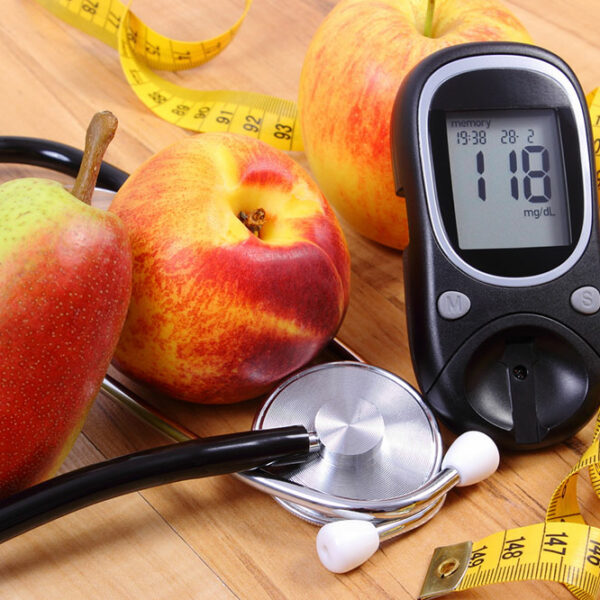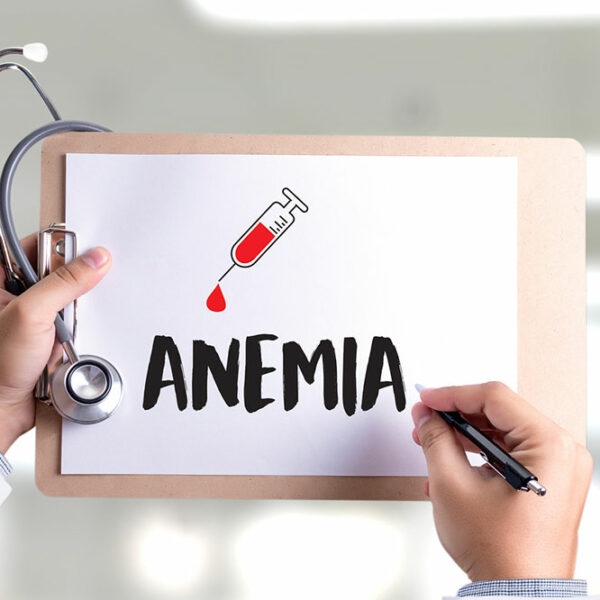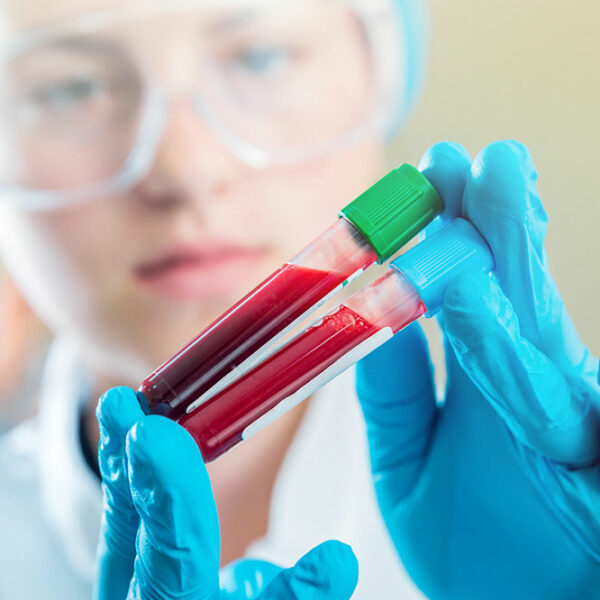
Immune system disorder – Symptoms, causes, and risks
Immune system disorder causes the immune system to act abnormally — either more than usual or less than usual. In case the immune system is acting more than it is supposed to, it identifies tissues of the body as external bodies and attacks them. Immune system deficiency, on the other hand, causes a drop in the ability of the body to fight external bodies, thereby resulting in exposure to infections. There are numerous types of immune system disorders, which include rheumatoid arthritis, systemic lupus erythematosus, inflammatory bowel disease (IBD), multiple sclerosis, type 1 diabetes mellitus, psoriasis, and various others. The type depends on the area of the body where the immune system attacks and the nature of the attack. The treatment against the immune system disorder mainly focuses on limiting the activity of the immune system. Symptoms The symptoms of immune system disorder allow us to understand the disorder in the initial stages as the signs are fairly straight-forward. One can experience any of the following symptoms at the onset of this disorder: Fatigue Muscle ache Redness of the skin and swelling Mild fever Difficulty in concentrating Numbness in the hands and feet and a tingling sensation Loss of hair Rashes on the skin Apart from these, the different types of immune system disorders can have their own symptoms.









